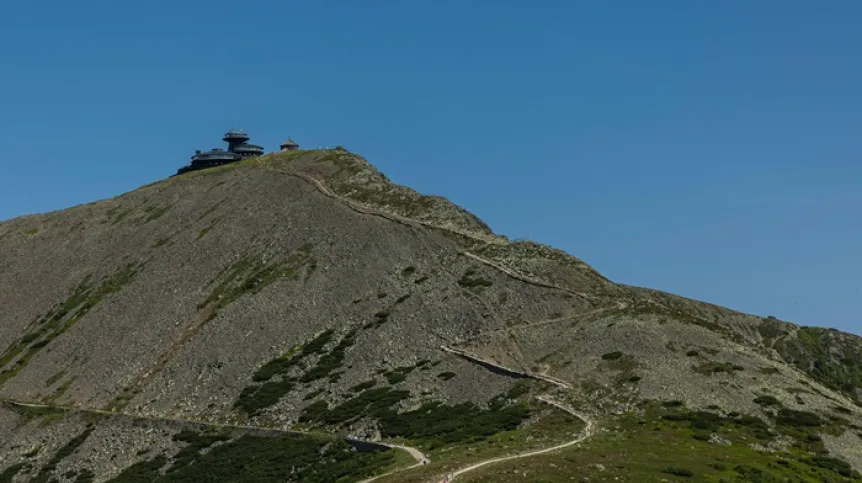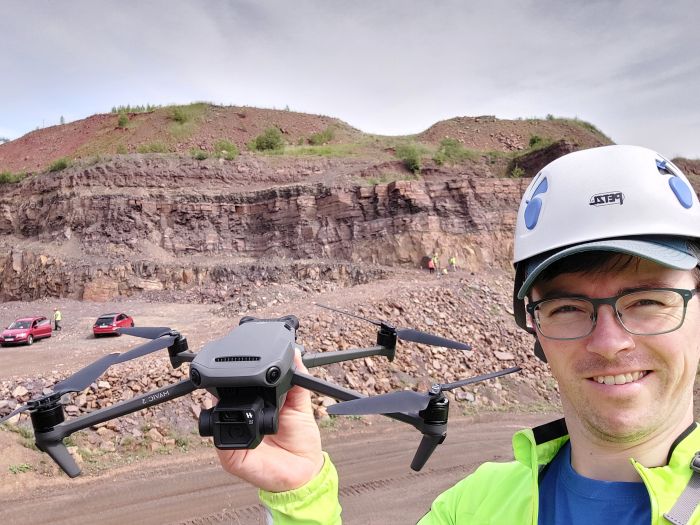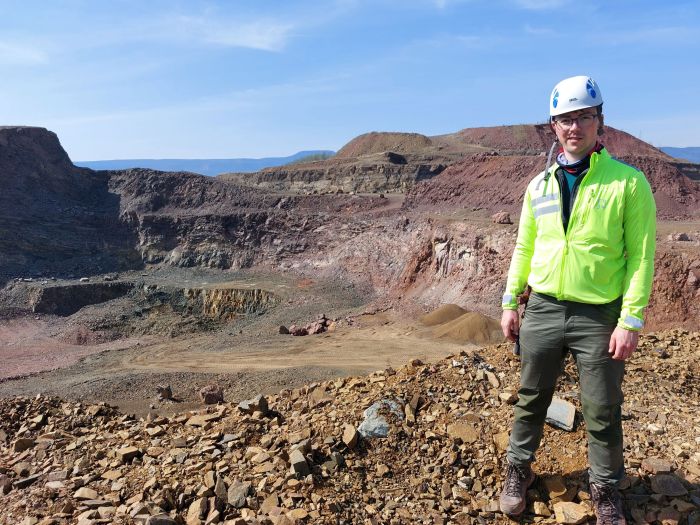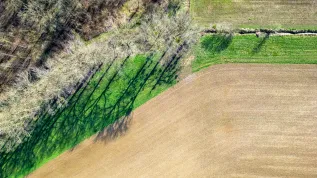
Scientists from the Space Research Center at the Polish Academy of Sciences have developed a new numerical model of magma intrusion into the crust of the Earth and other planetary bodies. It will help better understand the mechanics of volcanoes, including the past volcanic activity on the Moon and Mars.
The Space Research Center of the Polish Academy of Sciences announced the research results, recently published in the Journal of Geophysical Research - Solid Earth.
According to the Space Research Center PAS spokesperson Ewelina Zambrzycka-Kościelnicka, the new, more precise model allows scientists to predict the movement of magma and its impact on the Earth's crust. In addition to the possibility of using it in terrestrial conditions to better predict events in volcanically active areas, it can also be used to study volcanism on the Moon, Mars and other celestial bodies.
Volcanologist Dr. Sam Poppe, first author of the analyses, says that the development of the numerical model was preceded by a decade of research conducted by him and a network of colleagues from Europe and the USA on laboratory and numerical modelling of the deformation of rocks under the surface of the Earth and other rocky planets by magma.

Part of the research was carried out in the Sudetes.
According to the researcher, many people will be surprised that we can compare magma intrusions (intrusion of magma formed in the Earth's mantle or in the Earth's crust to higher levels - editor's note) in the Polish Sudetes, which took place millions of years ago - with intrusions that occurred on Mars and the Moon. It is exciting that these currently cool and solid magma intrusions are exposed in active quarries in the Sudetes, where we can observe and touch them, and use Polish geology to understand volcanism in other parts of our solar system, the researcher points out.
The research was carried out as part of the DeMo Planet project led by Dr. Poppe. Its goal is to determine how deformations caused by shallow magma intrusions into land bodies such as the Moon are influenced by the properties of the crustal rocks and fracture networks. The results of the team's analyses allow for a more precise determination of the features of the increasing volume of magma and rock deformations caused by the flow of magma before volcanic eruptions.

Volcanologists today use numerical models to interpret signs that magma is pushing rocks out of its way as it rises from the depths to the surface.
Dr. Poppe explains that these simple models make it possible to quickly estimate the amount of moving magma and its location. This, in turn, make it possible to plan the actions of emergency services and the evacuation of the population. However, the model proposed by our DeMo Planet team can simulate more complex and realistic deformations caused by magma and thus contribute to increasing the safety of residents of volcanic active areas.

The work of DeMo Planet project researchers is not limited to Earth's volcanoes. According to the scientist, the model shows that the same amount of magma can cause the surface of the Moon or Mars to have a different degree of cracking and surface displacement compared to Earth.
Dr. Poppe explains that nearby planetary bodies such as the Moon and Mars are smaller and have less mass than Earth, which means that there is less gravity there. As a result, the uncertainty in simple model estimates of the volume and location of near-surface magma intrusions on the Moon and Mars may be even larger than on Earth. The new model allows scientists to compare the modelling results with the results of popular, simpler models and understand the uncertainty in previously obtained results. This is especially important given the current push for human return to the Moon and the first manned flight of Mars, and the need to find exploitable minerals and building materials there. The new model may prove crucial and help better understand how the drainage networks of extinct volcanoes on the Moon and Mars are similar and how they are different from those on Earth, the volcanologist says.
PAP - Science in Poland
akp/ zan/ kap/
tr. RL













